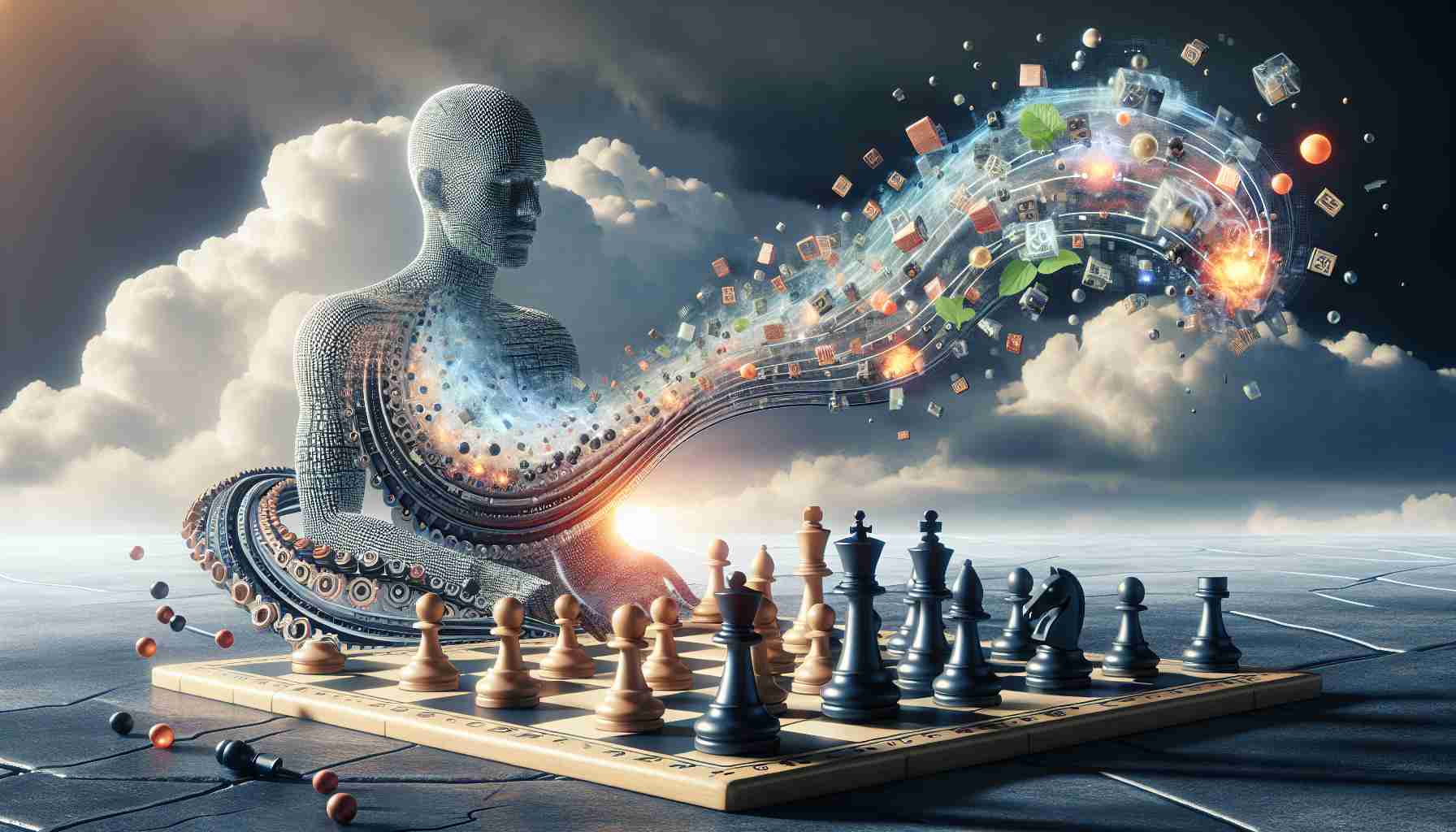The artificial intelligence (AI) industry is rapidly evolving, leading to significant discussions about the effects of technologies like ChatGPT on content generation and the job market. Thierry Rayna, an esteemed professor at École Polytechnique and CNRS i3 laboratory researcher, offers insights into the dual nature of AI and its implications on our lives.
Rayna describes how AI is being used to generate an unprecedented volume of digital content, from text to images, raising concerns about the need for human intervention to manage and filter through the deluge of information. Contrary to fears of job loss, he suggests that AI could actually increase the demand for human labor due to the complexities involved in sorting and verifying content.
While distinguishing between generative AI and discriminative AI, he provides a compelling analysis of how both function similarly. Rayna highlights the efficiency of generative AI in creating content while underscoring its limitations in discernment. He explains that while these algorithms excel at producing large quantities of material, their inability to effectively filter or prioritize content necessitates a greater human role.
The question of how businesses can harness generative AI also arises, with Rayna emphasizing that the potential uses extend beyond simply understanding existing data to actually creating novel content. However, he acknowledges the challenges faced by companies in making generative AI a beneficial part of their operations, pointing out that it is better at creation than curation.
Rayna debunks the notion that AI will simply replace jobs, suggesting that machines are adept at generating emails but fail at tasks such as prioritizing urgent messages. As the volume of content escalates, the human touch becomes more critical in managing the overflow.
Reflecting on AI’s future role in the workforce, Rayna affirms the need for a more nuanced understanding of AI’s capabilities and limitations. He posits that the evolution of AI will not render humanity obsolete but will instead reshape the nature of work, requiring a symbiotic relationship between human intuition and machine efficiency.
Generative AI’s impact on creative professions and creator economy: While discussing the impact of generative AI on content creation, it is notable that such technology is causing a shift in creative professions. Artists, writers, and designers are now able to leverage AI tools to enhance creativity, overcome creative blocks, and quickly iterate on ideas. This integration is giving rise to a new creator economy, where AI is an enabler rather than a replacement for human creativity.
Intellectual property concerns and ethical use of AI-generated content: With the rise of generative AI in content creation, questions about intellectual property rights and the ethical usage of generated content have emerged. The automation of content creation raises unanswered legal questions regarding the ownership of AI-generated works and the responsibility for derivative works or copyright infringement.
The need for regulation and standards in AI-generated content: As generative AI technologies become more prevalent, the development of regulations and standards becomes increasingly important. This includes measures to prevent the spread of misinformation, guarantee the ethical use of AI, and uphold the integrity of human-generated content.
The role of education and training in preparing the workforce: Rayna’s outlook on AI and job dynamics points towards the essential role of education and training in the current workforce. As generative AI reshapes the nature of some jobs, there may be a greater necessity for programs that teach AI literacy and encourage the development of skills complementary to those of AI systems.
Advantages and Disadvantages of Generative AI in Content Creation:
Advantages:
– Increase in efficiency and productivity: Generative AI can massively boost the amount of content produced in a given period, allowing companies and individuals to meet growing content demands.
– Stimulation of creativity: AI tools can inspire creators by suggesting ideas, generating drafts, or even creating art, which humans can refine further.
– Personalization: AI has the capacity to tailor content to individual user preferences at scale, enhancing user engagement.
Disadvantages:
– Quality and accuracy concerns: AI-generated content may not always meet the quality or factual standards expected, requiring significant human oversight.
– Erosion of traditional skills: As AI becomes more deeply integrated into content creation, there is a risk that traditional artistic and writing skills could be undervalued.
– Job displacement fears: Despite Rayna’s argument, there is still concern that AI could displace jobs, especially in roles primarily involving repetitive content generation tasks.
For those interested in learning more about generative AI and its broader scope, here are some related links:
– OpenAI
– DeepLearning.AI
– NVIDIA AI
:
– Identifying and combating misinformation: AI-generated content comes with the challenge of ensuring information is accurate, especially since AI can also generate persuasive fake content.
– Ethical production of AI-created works: There is ongoing debate regarding the ethical considerations of AI-generated art, writing, and other creative content, particularly concerning authenticity and originality.
– Job displacement and workforce transformation: While Rayna posits that AI will not replace human roles but will change the nature of work, the shift will likely require new forms of worker support, retraining, and adaptation, a process which can be difficult and contentious.

